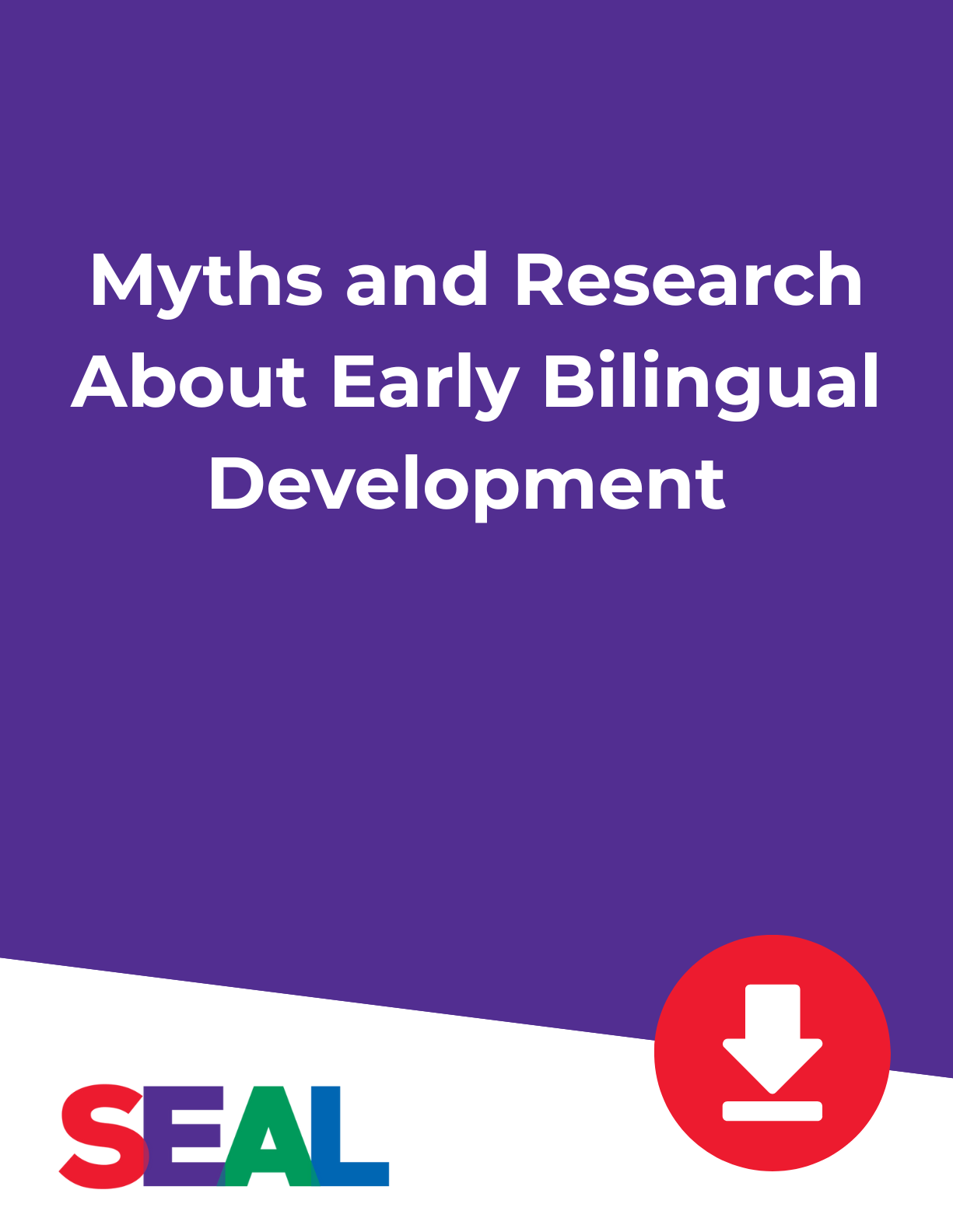What are the benefits of building oral language, vocabulary, and background knowledge in a student’s home language?

Patricia Pate’s session discussion focused on the research base, benefits, and implications of developing oral language skills in more than one language and linking new learning to knowledge acquired in a student’s home language.
Joining panelists from Teacher PRO and Middle Tennessee State University and moderated by Dr. Magaly Lavadenz from Loyola Marymount University, Pate illustrated the sophisticated language of three- and four-year-olds and focused on the benefits of building oral language, vocabulary and background knowledge in a student’s home language.
Download the Resource

Our Resources
Looking for more ways to engage your students and create a joyful learning environment? We’ve curated the best resources—from SEAL-approved tools for Dual Language and Multilingual Learners to videos that bring you directly into our classrooms —to give your students the opportunity to learn, thrive, and lead.

Myths and Research About Early Bilingual Development
This resource breaks down some of the most common myths about bilingualism—and the research that debunks them. It's a valuable tool for educators engaging families in conversations about the benefits of home language development.

SEAL's 11 High-Leverage Pedagogical Practices
Our 11 High-Leverage Pedagogical Practices equip educators to create rigorous, joyful, and language-rich classrooms where every student succeeds. By integrating students’ linguistic and cultural assets, SEAL fosters a learning environment that values home languages and empowers diverse learners to reach their full potential.

Effective ELD in California's Dual Language Programs

Centering English Learner/ Emergent Bilingual Students in Literacy Research and Instruction
There is a considerable amount of attention currently on the science of reading, with many states rushing to adopt policies that are purportedly aligned with it.
%201.svg)